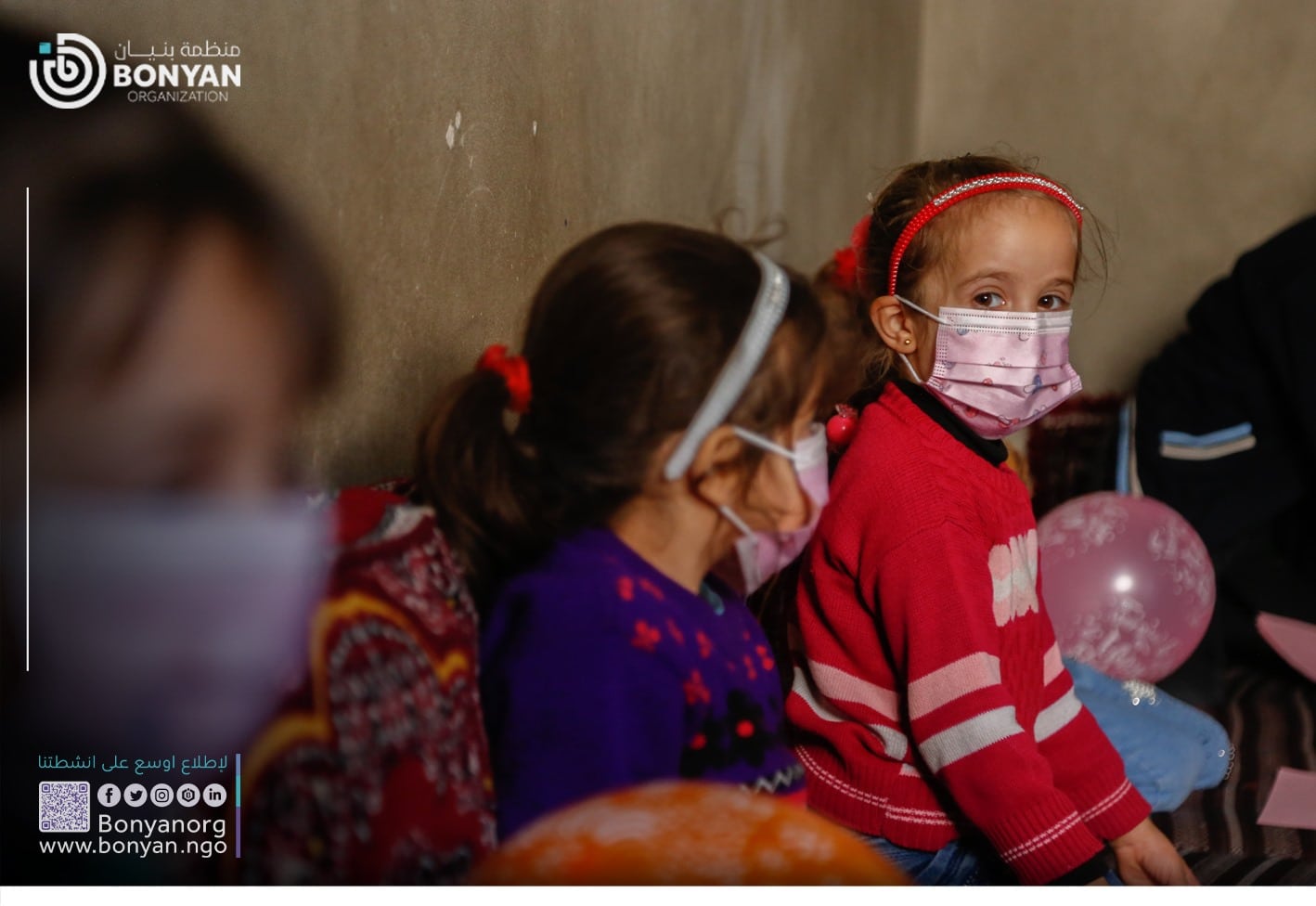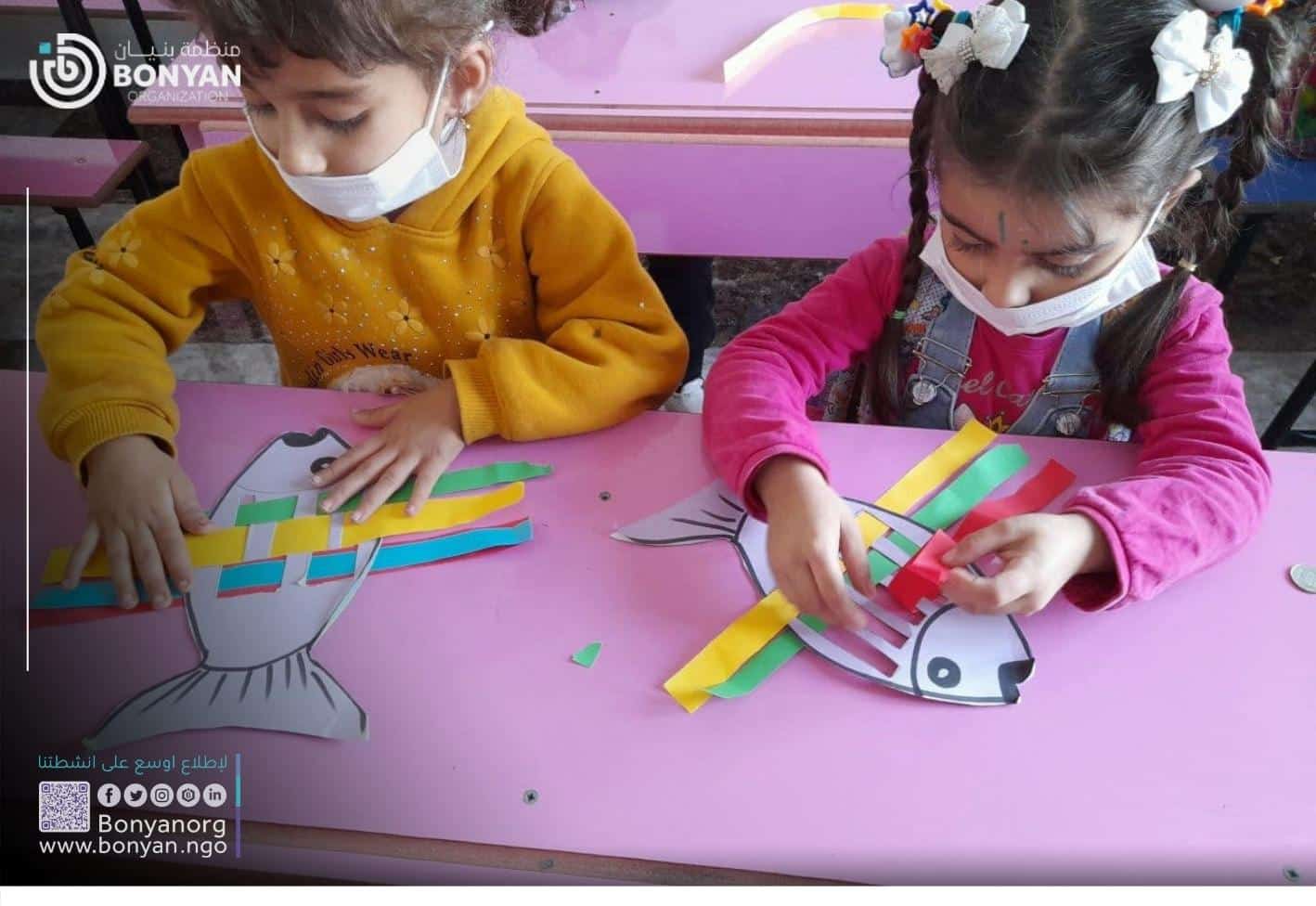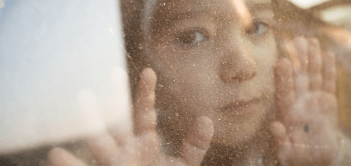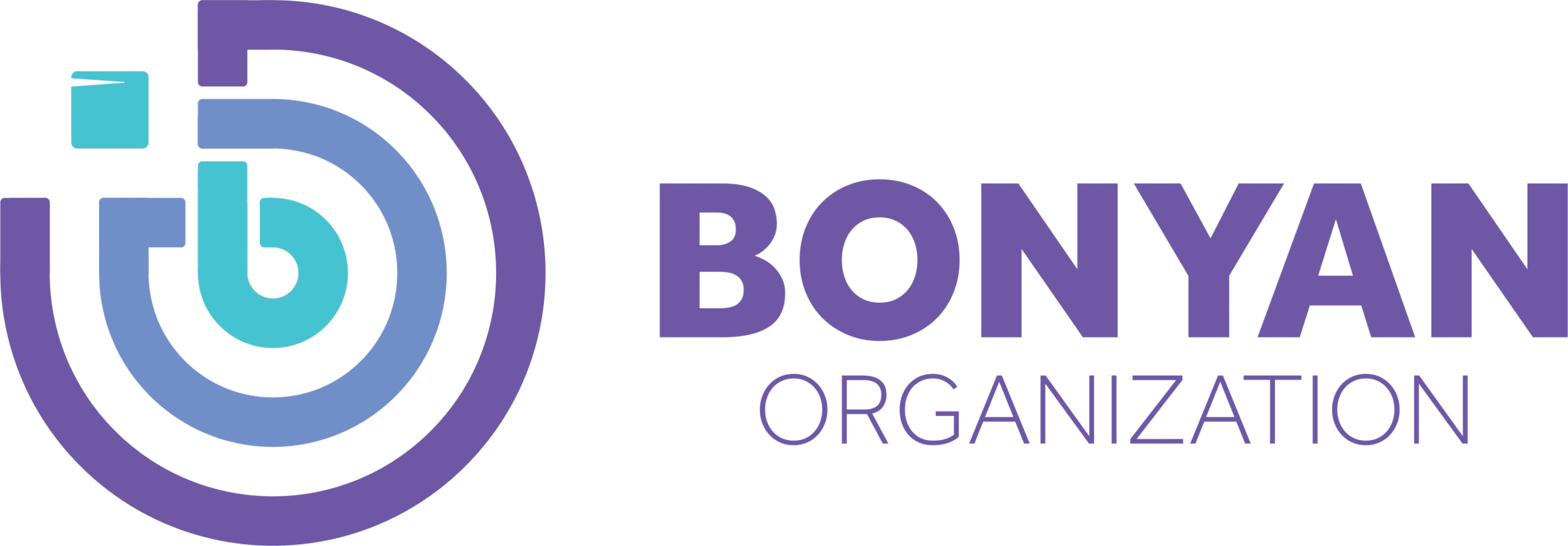Education in Palestine grapples with pervasive challenges, impacting students and educators alike. From frequent city closures and security threats to a lack of funding hindering infrastructure development, the system faces adversity.
Threats of school demolitions, access restrictions to higher education, and alarming dropout rates compound these difficulties.
This article delves into the multifaceted nature of these challenges, aiming to illuminate the persistent struggles hindering education in Palestine.
Education Under Occupation
Since 1984, Palestinian teachers and students have encountered multifaceted challenges stemming from Israeli occupation. Whether dealing with political pressures, economic hardships, or cultural disruptions, the pervasive impact of occupation has significantly impeded the normal functioning of the education system.
This longstanding struggle has created an environment where educational pursuits are constantly hindered.
The right to education is continuously undermined by the numerous incidents related to education, such as;
- Attacks or threats of attacks on schools.
- Lost school time due to delays at checkpoints.
- Military presence at school entrances.
- Closed military areas.
- Confiscation of educational materials.
- Detention of students and school staff.
- Demolish schools and stop-work orders.

Education Situation in West Bank and East Jerusalem
Despite the Palestinian Authority’s awareness of the value and importance of education in Palestine, there are a number of problems facing the education sector in Palestine, including:
- Overcrowding in classrooms, due to the need in many Palestinian areas to build new schools, and of course, due to the lack of financial support to build schools.
- An increase in the number of graduate students in specific specializations with a lack of employment, and thus unemployment in the Palestinian market.
- Lack of demand for vocational education.
- The problems of education in Jerusalem in terms of the curriculum and control over the schools there.
- Low salaries for teachers.
- Loss of motivation to learn among students.
Education Situation in Gaza Strip
The education situation in the Gaza Strip is profoundly challenging due to the persistent conflicts, leaving a devastating impact on students and educators. The aftermath of ongoing hostilities has forced the displacement of pupils and teachers, resulting in the destruction of educational infrastructure and a disruption of regular school activities.
UNESCO has expressed serious concern over the hostilities, calling for an immediate cessation of strikes on schools. Reports as of December 5, 2023, indicate prolonged school closures and attacks, affecting over 625,000 students and 22,564 teachers.[1]
This disruption has persisted for at least two months, exacerbating the existing difficulties in the education system. The Ministry of Education in Gaza has suspended the academic year for 625,000 students due to indiscriminate bombing.
Additionally, the UNRWA Education program faces numerous challenges in maintaining stability amid an unstable political and social environment, economic hardships, and poverty in the region.
Overall, the education landscape in the Gaza Strip is marked by significant obstacles, posing a serious threat to the continuity of learning and academic progress.
Education problems and obstacles
Resource Shortage
Palestinian schools grapple with a severe shortage of resources and facilities, impacting the overall educational experience. Insufficient funding and a lack of basic supplies hinder the ability of schools to provide a conducive learning environment.
This shortage extends beyond textbooks to include essential infrastructure, such as classrooms and laboratories, limiting the quality of education.

Conflict-Related Issues
Palestinian students and educators routinely confront conflict-related challenges, perpetuated by the presence of Israeli soldiers. The atmosphere of intimidation, assault, and arbitrary arrests disrupts the normal functioning of schools.
Frequent closures and raids on educational institutions create an unstable learning environment, impeding students’ academic progress and overall well-being.
Israeli Targeting Educational Buildings
Israeli actions have had severe repercussions on educational infrastructure in Palestine. Reports indicate that more than 3,000 Palestinian students have lost their lives in Israeli attacks, contributing to the destruction of numerous buildings, including hospitals, mosques, churches, and schools .
The situation is exacerbated by the demolition of Palestinian schools in the West Bank, with 36 demolitions reported since 2010.[3]
In the recent conflict, higher education institutions were also impacted, with 439 students and staff killed, and numerous university buildings damaged in Gaza and the West Bank.
The surge in demolitions includes 57 schools facing demolition in the West Bank and East Jerusalem, reflecting the vulnerability of educational facilities to Israeli actions. The targeting of UNRWA schools in Gaza continues, further disrupting education and displacing thousands of Palestinians.
A continuous decline in the quality of education
Education in Palestine suffers from a continuous decline in its quality, as this challenge reflects the urgent need to take immediate action to improve school infrastructure and develop educational curricula.
The impact of this decline extends to a decline in student performance and academic achievement, which imposes additional pressures on the educational system.
High unemployment rates and warnings against choosing specializations
Unemployment poses a major challenge in Palestinian society, as young people suffer from difficulties in obtaining job opportunities. Professional unions’ warnings against choosing some academic specializations reinforce the potential exacerbation of unemployment in these sectors.
This challenge requires a comprehensive review of education guidelines and stimulating investment in sectors with high labor demand.

Bonyan Organization’s efforts to support the education sector in Palestine
Supporting the education sector in Palestine through Bonyan Organization is an investment in the future of countless children and the resilience of communities. Your donation fuels our dedicated Education Program, reaching across Palestine to provide formal and non-formal education, technical and vocational training, and capacity building for teachers.
By contributing, you actively participate in creating safe learning spaces, ensuring a quality education for children affected by conflict.
Bonyan’s innovative approaches, such as introducing the Japanese soroban calculation method and special curricula for non-formal education, set the stage for transformative learning experiences.
Your support also empowers teachers through unique methodologies for coaching, development cycles, and inclusive practices, fostering an environment where education becomes a beacon of hope.
Read More
- Donate Medical Aid
- Emergency Relief And Aid
- Syrian Women In Migration And Displacement
- Humanitarian Crisis In Yemen
FAQs
What challenges do Palestinian students face in education?
Palestinian students and educators encounter numerous challenges, impacting the quality of education. These challenges include a shortage of resources and facilities, frequent city closures, and military interventions.
Are there barriers to access education in Palestine?
Yes, there are barriers to education in Palestine. For instance, Palestinians in Gaza are prohibited from pursuing education in the West Bank, and some are unable to attend universities established for their benefit.
How does poverty affect higher education in Palestine?
Poverty is a major obstacle preventing many Palestinian students from accessing higher education. A significant percentage of students face challenges due to economic limitations.
What Does Education Look Like in Palestine?
In Palestine’s education system, compulsory basic education includes Grades 1 to 10 and this is divided into the preparatory stage (Grades 1 to 4) and the empowerment stage (Grades 5 to 10). Secondary education (general secondary education and a few vocational secondary schools) covers Grades 11 and 12.



